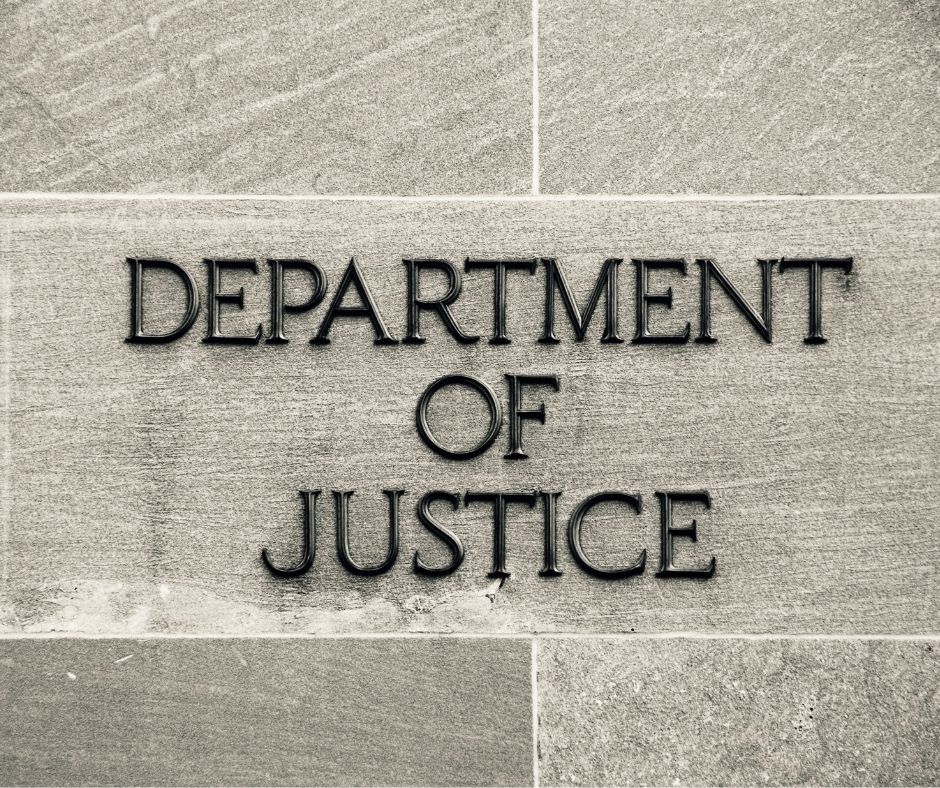Although environmental crime and injustice can happen anywhere, communities of color, low-income communities, and Tribal communities often bear the highest burden of the harm caused by environmental crime, pollution, and climate change. Equal justice does not exist where a person’s race or income determines their level of exposure to environmental and climate hazards that trigger deleterious health effects and diminished quality of life.
In recent years, the instability created by natural disasters and extreme weather events associated with climate change has emerged as a national security threat. Altered weather patterns due to climate change produce fires, floods, and, most recently, hard freezes in locations without the appropriate infrastructure for tolerating such events. Low-income and underserved communities, as well as communities of color, are disproportionately impacted by these events. Additionally, the negative effects of climate change on agriculture and aquaculture impact both food prices and distribution, creating further insecurity for these communities.
Strategy 1: Implement a Comprehensive Strategy to Advance Environmental Justice
The Department will expand efforts to collaborate with federal agencies, state, local, Tribal, and territorial government partners, and others to identify significant human health and environmental harms in overburdened and underserved low-income communities, communities of color, and Tribal and indigenous communities. The Department will prioritize the development of effective short- and long-term strategies for reducing these environmental and public health burdens. The Department will also ensure that the federal government consistently enforces anti-discrimination laws in a manner that will advance environmental justice, improve data collection from federal grant recipients to support our enforcement activities, and provide guidance to federal agencies that provide federal financial assistance to programs or activities affecting the environment and human health.
To ensure coordination among components and to provide leadership and guidance, the Department has established an Office of Environmental Justice. This office will integrate environmental justice work throughout the Department’s components and in each U.S. Attorney’s Office. The Department will improve efforts to engage communities with environmental justice concerns and promote greater public participation in decisions affecting human health and the environment. The Department will work to increase the availability of legal services following environmental and climate-related disasters, ensuring that underserved communities have the assistance they need to access legal protections, public benefits, and mechanisms for obtaining available remedies. The Department will also use its resources to help reduce tensions and conflicts concerning environmental justice matters that are based on differences of race, color, and national origin, and to help communities navigate complex legal and regulatory schemes to ensure their access to clean water and air and other natural resources.
Strategy 2: Implement a Comprehensive Strategy to Tackle the Climate Crisis
The Department’s ongoing litigation is already on the front lines of the climate crisis. This litigation includes enforcement actions to address multiple aspects of the climate crisis, ranging from polluting facilities to refrigerants and illegal logging. The Department will also use tools in existing statutes to prioritize enforcement actions that will reduce greenhouse emissions, achieve emission reductions and relief that mitigate the impact of past violations, and hold violators accountable for committing environmental crimes. We will also mount defensive litigation to protect government action that addresses greenhouse gas emissions and promotes climate resilience and the health of the environment.
Internally, the Department is committed to combating the climate crisis by integrating the most current climate science and assessment of climate-related risks into the management of its procurement, real property, and financial programs. In response to Executive Order 14008, we will fulfill the Climate Action Plan, which commits the Department to bolstering our adaptive capacity, enhancing climate literacy among employees, and ensuring climate-ready facilities and supply of products and services.
Key Performance Indicators:
- Number of Environmental Justice Coordinators designated
- Percent of participants in CRS-facilitated environmental justice programs who perceive stronger community capacity to address alleged inequities
- Number of matters that address adverse environmental and public health effects brought under civil rights statutes
- Percent of environmental enforcement matters in or substantially affecting overburdened and underserved communities that are favorably resolved
- Energy intensity used by the Department
Contributing DOJ Components: CIV, CRT, ENRD, USAO, FBI, ATJ, CRS, OJP, JMD

















